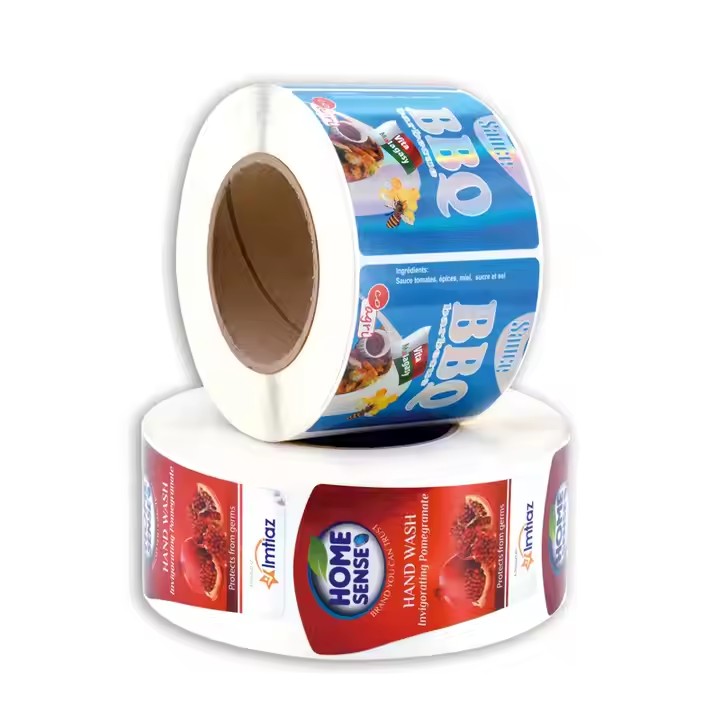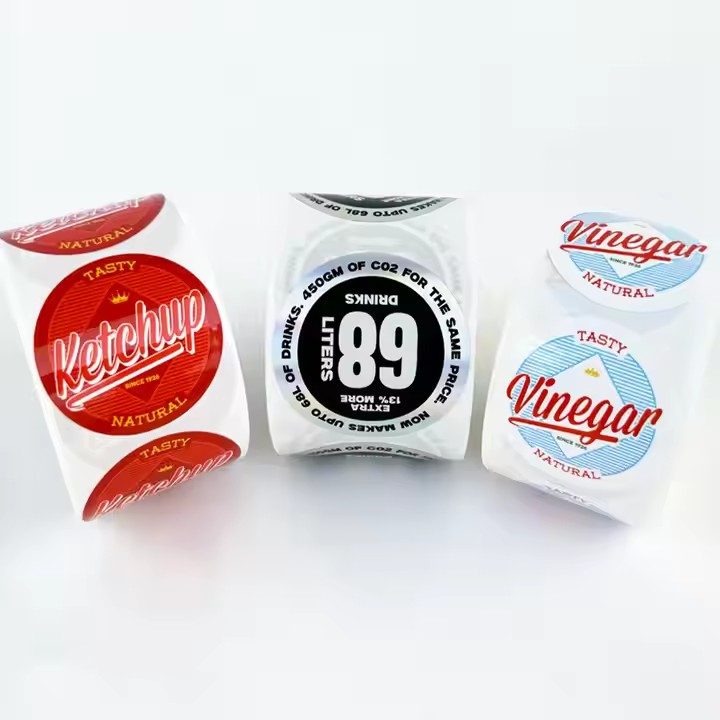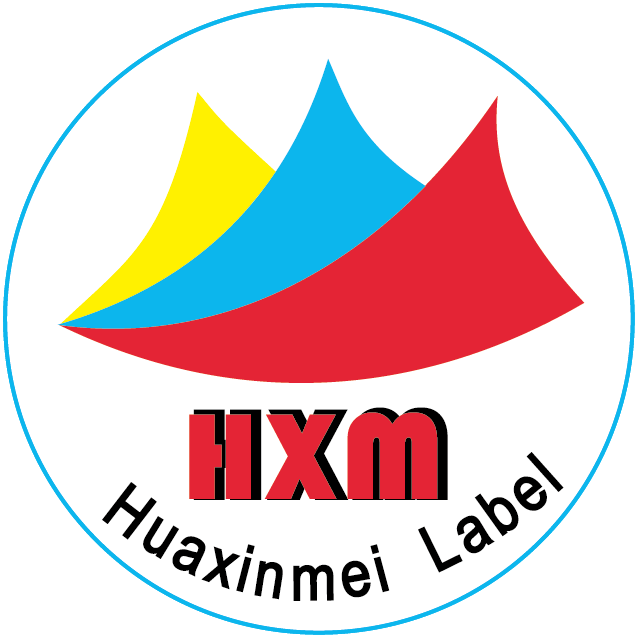Offset Printing
Principle: Transfer the graphics and text on the printing plate to the packaging label paper through a blanket cylinder. First, apply ink to the printing plate, and then use the principle that water and ink repel each other, so that the graphic part adsorbs the ink and the blank part adsorbs water. Then, transfer the ink to the paper through the impression of the blanket cylinder.
Characteristics: High printing precision, capable of presenting very delicate images and texts, with good color reproduction, and can achieve rich color levels and gradient effects. It is suitable for large-scale printing, with a fast printing speed and relatively low cost. However, the printing preparation time is long, the plate-making cost is high, and it is not suitable for small-scale printing or printing with frequently changing contents.
Application Scenarios: Widely used in the printing of packaging labels for various products, such as food, beverages, daily necessities, etc. Especially for labels with high requirements for color and precision, such as the exquisite patterns on cosmetic labels and the detailed texts on medicine instructions.
Flexographic Printing
Principle: Use a flexible plate as the printing plate, transfer the ink evenly to the printing plate through an anilox roller, and then transfer the ink to the packaging label paper under the action of an impression cylinder.

Characteristics: It is environmentally friendly, and the water-based inks or UV inks used have low emissions of volatile organic compounds (VOCs). It has strong adaptability to the printing substrate and can be printed on various surfaces such as paper, plastic films, and self-adhesive materials. The printing pressure is small, and it is not easy to damage the paper, making it suitable for printing on soft or uneven materials. However, the printing precision is slightly lower than that of offset printing, and the detail performance in the highlight part is not as good as offset printing.
Application Scenarios: Commonly used in the printing of packaging labels for industries such as food, beverages, and pharmaceuticals, especially for some flexible packaging labels, such as plastic bags, paper bags, aluminum foil bags, etc., as well as the printing of labels on corrugated cardboard surfaces.
Letterpress Printing
Principle: The graphic part on the printing plate is higher than the blank part. During printing, the ink adheres to the graphic part, and the ink is transferred to the packaging label paper through impression to form raised graphics and texts.
Characteristics: The printed graphics and texts have obvious three-dimensional and layered effects, with a thick ink layer, bright colors, and strong visual impact. The printing equipment has a simple structure, is easy to operate, and has a relatively low cost. However, the printing speed is slow, it is not suitable for printing fine patterns and texts, and the printing pressure is relatively large, with high requirements for the flatness of the paper.
Application Scenarios: Commonly used for some packaging labels that need to highlight the visual effect, such as wine labels, gift labels, greeting cards, etc., enhancing the texture and decorative effect of the labels through the three-dimensional effect of letterpress printing.
Gravure Printing
Principle: There are engraved pits on the surface of the printing plate cylinder, and the ink fills the pits. Under the action of pressure, the ink in the pits is transferred to the packaging label paper to form printed patterns.
Characteristics: The ink layer is thick, with bright colors and high saturation, and the printing quality is stable. It is suitable for printing fine patterns and texts, especially continuous tone images such as photos. The printing speed is fast, which can meet the needs of large-scale production. However, the plate-making cost of gravure printing is high, the cycle is long, and it has high requirements for the adaptability of the ink.
Application Scenarios: Commonly used for the printing of packaging labels with extremely high printing quality requirements and large quantities, such as the packaging labels of cigarettes, pharmaceuticals, cosmetics, high-end electronic products, etc., which can show the high quality and exquisite feeling of the products.
Digital Printing
Principle: Directly transfer the digital file to the printing equipment, and transfer the ink or toner directly to the packaging label paper through technologies such as inkjet and laser to achieve the printing of graphics and texts.

Characteristics: No need for plate-making, it can achieve printing quickly, shortening the printing cycle. It is especially suitable for small-scale, multi-variety, and personalized label printing. It can flexibly adjust the printing content and patterns according to the customer’s needs, and realize variable data printing, such as printing different product numbers, barcodes, and QR codes on the labels. However, the cost of digital printing is relatively high, the printing speed is slow, and the printing format is limited.
Application Scenarios: Suitable for the packaging labels of personalized products, such as the labels of customized gifts, personalized stationery, high-end customized clothing, etc. At the same time, it is also widely used in some occasions that require frequent content changes or short-run printing, such as promotional activity labels and temporary product labels.
Screen Printing
Principle: Through the extrusion of the squeegee, the ink is transferred to the packaging label paper through the mesh holes on the printing plate to form the required patterns and texts.

Characteristics: The ink layer is thick, with strong covering power, and can be printed on various materials with different shapes and textures, including curved surfaces and irregular surfaces. It can print patterns with three-dimensional and special effects, such as frosted, fluorescent, and luminous effects. However, the screen printing speed is slow, the efficiency is relatively low, and the printing ability for fine patterns is limited.
Application Scenarios: Commonly used for the printing of packaging labels on materials such as plastics, glass, and metals, as well as for labels that require special effects, such as handicraft labels, electronic product shell labels, and outdoor advertising labels.
Hot Stamping
Principle: Use high temperature and pressure to transfer the metal or pigments on the hot stamping foil to the packaging label paper to form golden, silver, or other colored patterns and texts.
Characteristics: Hot stamping can enhance the decorative effect of the label, giving the label a gorgeous and high-end texture, and increasing the added value of the product. At the same time, the hot-stamped patterns have good wear resistance and corrosion resistance.
Application Scenarios: Widely used on the packaging labels of products such as gifts, cosmetics, tobacco and alcohol, and high-end clothing, used to highlight the brand logo, product name, or some decorative patterns.


